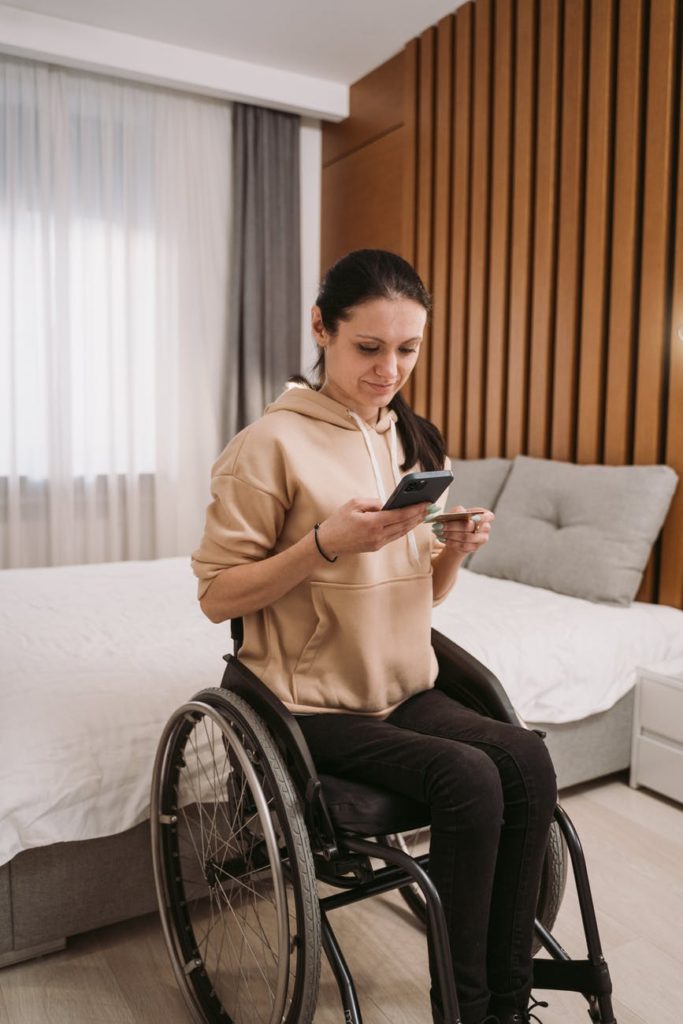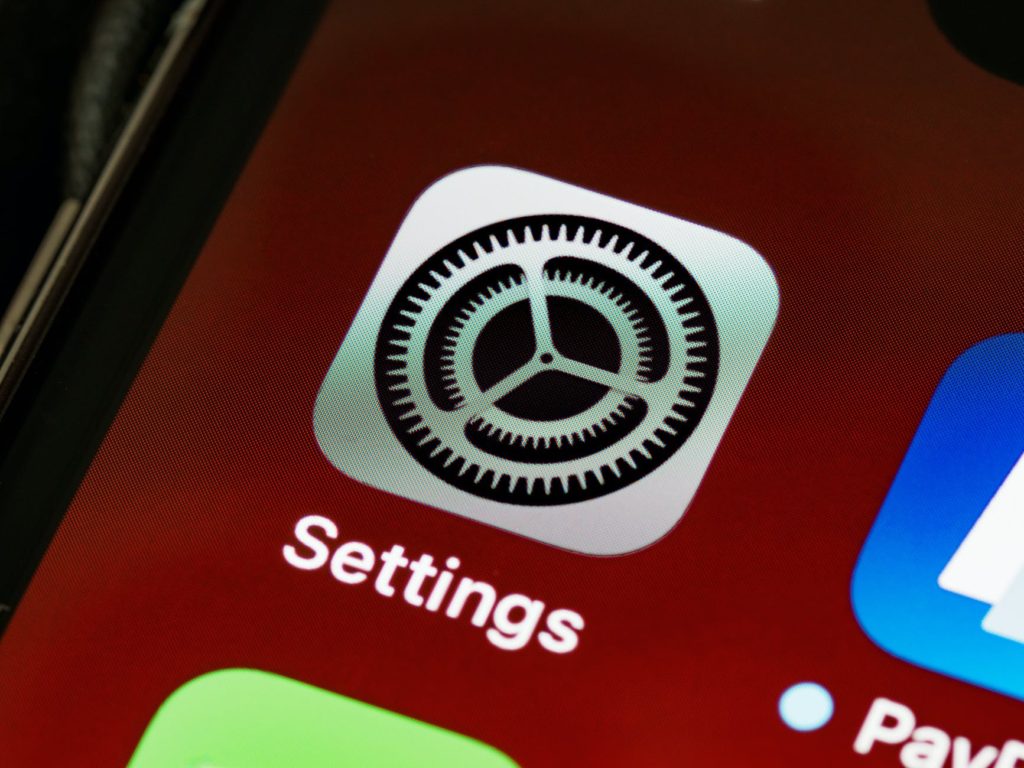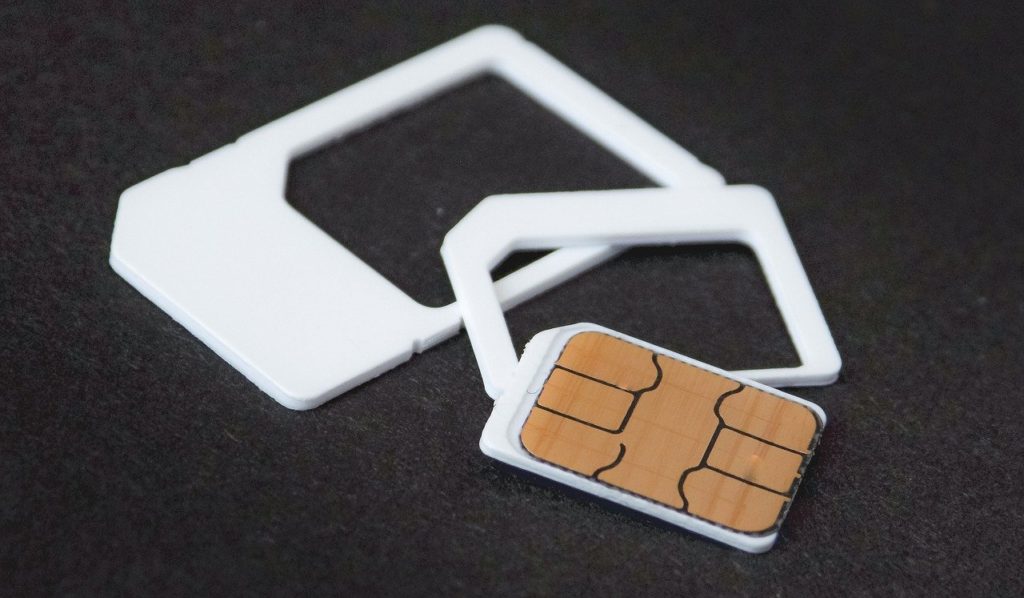
Trying to get coverage abroad is arguably easier than it has ever been. With the arrival of eSIM technology you don’t need to go through the whole process of switching your SIM card, and keeping your regular card in a safe spot. You can literally just scan a QR code and get coverage. At the same time, some wireless service providers are certainly making it easier for their clients to use their phones abroad. Knowing that you may still ask yourself do I need a SIM card for international travel? On this site we’ve explored the topic time and time again, and we can comfortably say that getting a local SIM card virtually wherever you travel is the cheapest way to get good coverage abroad.
Having said that, what we’ve come across in our years of research is that not all trips are the same. Sometimes when it comes to getting coverage abroad you may be willing to pay a premium price for better comfort. So the question remains, do I need a SIM card for international travel? What we are going to try to do then is walk you through scenarios that you may encounter when you travel to help you find which one matches the type of trip that you’re about to take. From there you can look into the potential costs of each coverage option, and decide what your answer to the main question behind this article might be!
Can You Get Coverage On Your Regular Plan Where You’re Going?
This is the first simple question that you’re going to have to ask yourself when you’re traveling. If you’re not sure whether or not you can get coverage where you’re going you can search through your wireless service provider’s website. That’s usually the easiest way to be able to tell if you’re going to be able to get coverage or not. If you can’t get coverage from your regular service provider then your answer to the question ‘do I need a SIM card for international travel” is going to be yes! There’s really not much else that you’re going to be able to do in that situation.
If you are able to get coverage from your regular service provider then you may find yourself in a dilemma. Most American wireless service providers offer regular coverage at lower speeds for Mexico and Canada. The speeds can get really low if you use up too much data. The other option that most companies offer is a travel pass. That’s going to cost you around 10 dollars a day to be able to obtain coverage as you travel abroad. There are also pay as you go rates from certain service providers. There’s no better way to say this, you should stay away from those. The pay as you go rate that Verizon has for example is just another name for roaming, and that can see you rack up a nasty bill.
Do I Need A SIM Card For International Travel – Average Cost For A SIM Card

The average for a SIM card or an eSIM is going to vary depending on where you travel and how much coverage you want to get. For the most part, virtually all of the companies are going towards offering data only SIM cards for travelers. The cost for a SIM card that you can use in all of Europe for example can go for around 30 to 50 US dollars. In other countries, particularly in Latin America, you can get a SIM card on the street for less than 10 dollars. The problem with some of those options is that if you don’t speak the language you may not be clear on what you’re getting with the SIM card that you have.
Just to clarify the averages that we gave for Europe SIM cards come from online marketplaces that offer these options. Usually if you’re going to travel abroad that may be the easiest way to get coverage. Besides trying to understand the type of coverage that you’re entitled to when buying a SIM card on the street, some countries may have certain requirements that you need to meet to get a SIM card. Many of them involve identification needs, and processes that can get complicated. That’s not something that you’re going to have to go through if you get your SIM card online. It may be worth it even if you end up paying a little extra for that coverage.
Dangers of Not Getting A SIM Card When You Travel

When you don’t get a SIM card when traveling you’re going to be limited to the coverage that your regular plan can provide. That can be an issue for a variety of reasons. We talked about falling into those pay as you go schemes. Those are roaming fees that can see you pay 2 dollars for every x number of megabytes of data that you use. If you want to use your phone like you do locally at those rates you’re going to have a massive bill to pay when you get back home. Also the coverage that you get from your regular service provider when you’re abroad may not be all that great. There’s actually a simple reason for this, and it’s why roaming exists.
More often than not your regular service provider from your home country doesn’t have a network within the country that you’re visiting. So what they have to do to get you coverage is connect your cellphone to a local network. That connection tends to cost your regular service provider a ton of money. That’s why you have to end up putting up that money through roaming fees. At the same time since your network provider is having to jump through hoops to get you coverage there’s a good chance that the coverage you’ll get won’t be overly stable. That means that you can end up with overly expensive bad coverage. For American users this is pretty much the case anywhere but Mexico and Canada.
How Long Is Your Trip Going To Be?
Another question that you’re going to need to answer in order to figure out if I need a SIM card for international travel has to do with how long your trip is going to be. For one, if you find that you have to get coverage through the travel pass that’s going to cost you 10 dollars a day. So just add up those days and if they total more than you would have to pay for a local SIM card then there’s really not much more to debate. Unless you’re really keen on keeping your regular phone and being able to make calls from there. At the end of the day, you’ll have to pay a premium to be able to use your phone abroad in that manner.
This is not the only reason though why you would need to know how long your trip is going to be to make a decision on how to get coverage. Most US based wireless service providers are not going to grant you coverage on your regular plan if you spend more than 30 days abroad. You could literally give your wireless service provider 300 per line for a month abroad plus your regular rate, and they’ll still cut you off on the 31st day of your trip. Of course, by that point the numbers really get ridiculous when you think about how much you’re going to have to pay.
Do I Need A SIM Card For International Travel – Can Your Phone Read A Foreing SIM Card?

This is an important topic so much so that it seems like we end up talking at least a little bit about it in each article on the site. Is your phone unlocked? If you have no clue what that is, there’s a good chance that your phone is locked. If that’s the case then you are not going to be able to add a SIM card to your device to be able to get coverage abroad. In fact, a better question to ask yourself may be did you buy your phone from your regular service provider? If you did then there’s certainly an even bigger chance that the phone is actually locked.
Here’s a little bit of how these things work: service providers lock the phone that you get with them through a regular postpaid plan. The reason is simple, essentially the phone is still there. You are still paying a rental or more specifically a lease on the device itself with your monthly bill. So what service providers do is that they lock the phone to ensure you can’t add coverage from another provider. There are multiple ways to be able to unlock the phone, you can buy one from another place, and not your service provider to make sure that it is in fact unlocked as well. Again if you bought the phone directly from your service provider then you pretty much have to consider that it’s locked and that you won’t be able to add another SIM card.
Data Only Plans or Minutes & Texts Through A Local SIM Card
We would say that data only plans are fast becoming the most popular option out there. At least when it comes to SIM cards for international travel. There are actually plenty of benefits to the data only SIM plans. For one, you’re not going to have to change your number on your phone so apps like Whatsapp and Telegram that are linked to your phone number specifically will work as normal. Even though there are ways to change your phone number and keep your Whatsapp account, not having to do so is probably preferable. Especially if you’re not necessarily super versed on how cell phones work.
The very clear downside to getting data only coverage is that you’re not going to be able to make regular calls for the most. You will be able to make WIFI calls through apps all you want, but if you wanted to call a landline you would have to download an app for that and potentially pay an extra fee to that app. If you’re already going to be paying for coverage abroad then it would make more sense for you to go ahead and get a local SIM card that does offer minutes. As things stand most of the eSIM options out there are data only. This means that if you’re looking to add minutes to the plan that you use abroad you may have to go out and get a regular SIM card. We anticipate that this is going to change in the very near future.
Do I Need A SIM Card For International Travel – Conclusion

When you’re talking about a 2 week trip or more abroad there are really not too many options that you’re going to have to choose from that are going to allow you to get decent coverage at a lower rate. The more time you spend abroad the more chances you have to incur in roaming fees, or add to the tally of days on the travel pass. Even with wireless service providers that offer “free” service abroad the speed of your connection can start becoming an issue. So what wireless service companies want to have you do is buy more travel passes to grant you faster coverage speeds.
If you’re only going to be abroad for a few days and you can get coverage from your regular service provider you may be able to tough it out. Particularly if you make a conscious effort to limit your phone usage. You may still be running the risk of not converging in important parts of your trip as well as getting hit with roaming fees. You’re probably going to want to balance all of these things out to see what’s going to fit best for you. Do I need a SIM card for international travel? There are multiple types of trips where it’s definitely the best way to get coverage abroad.